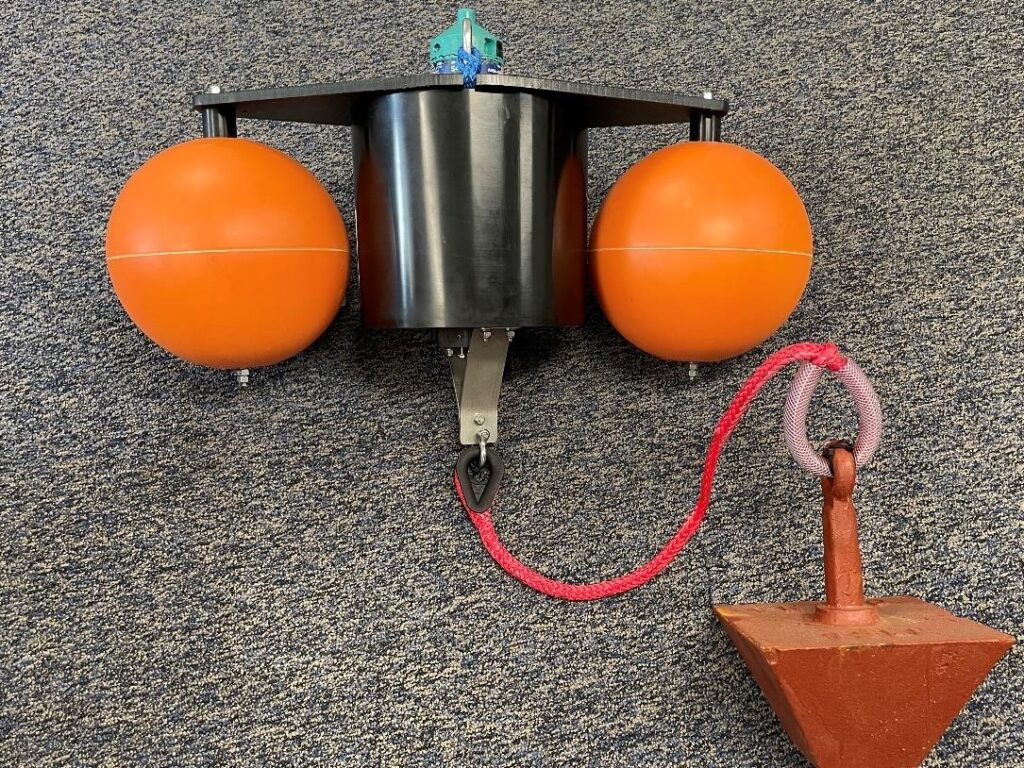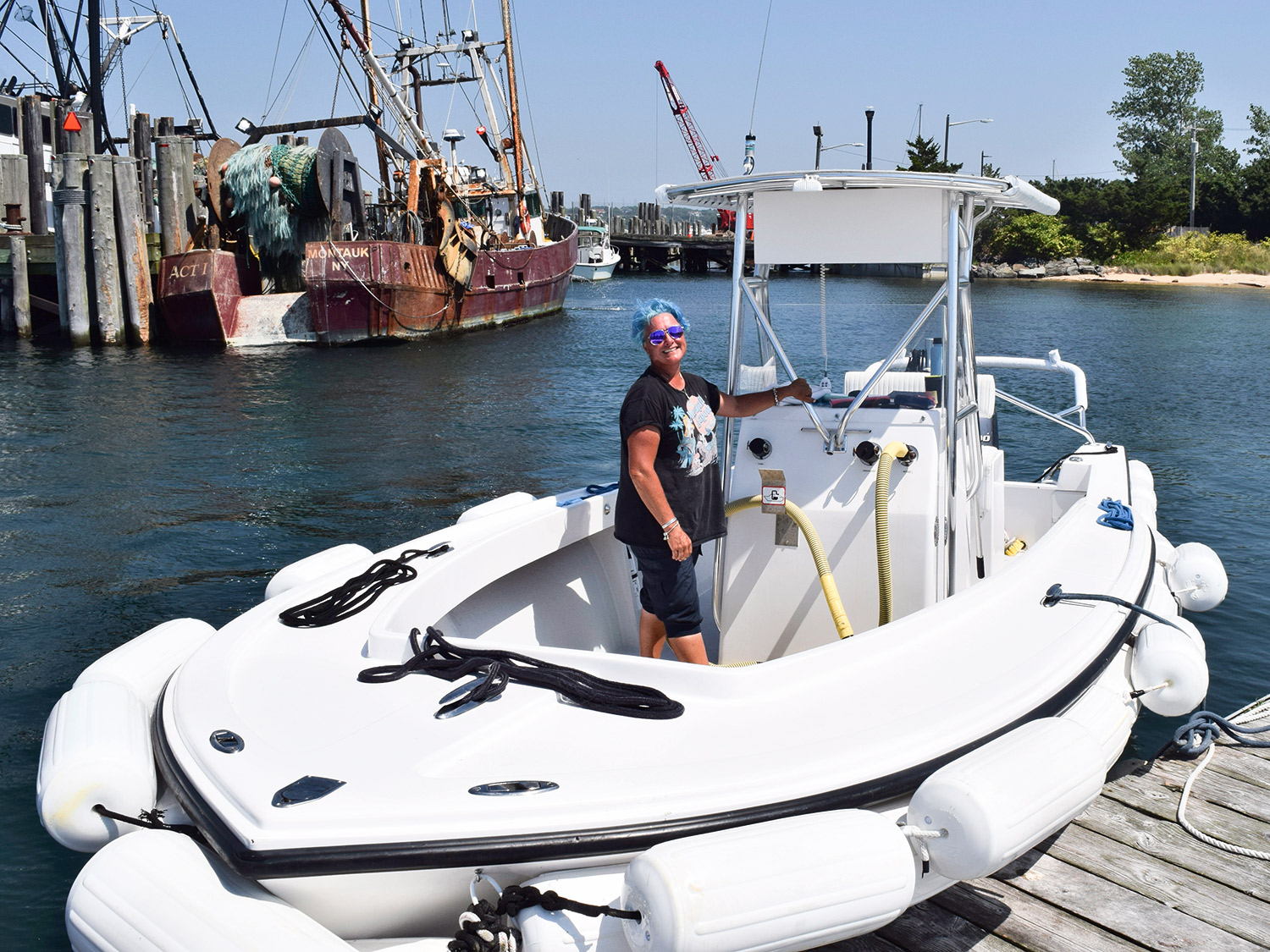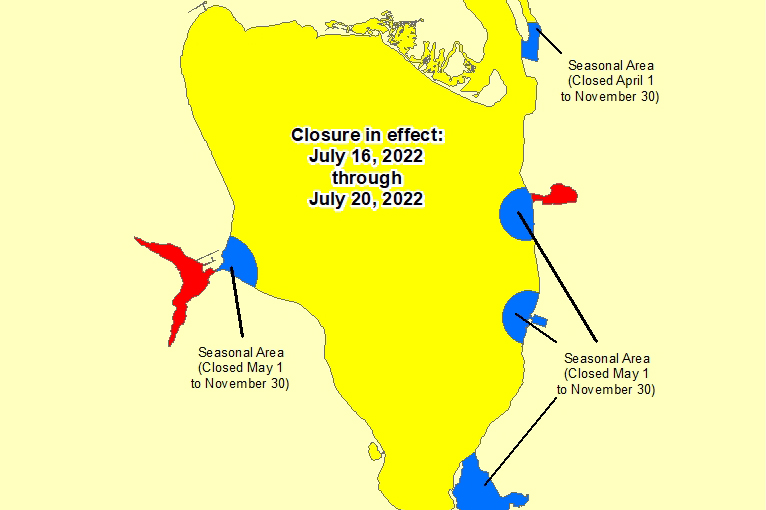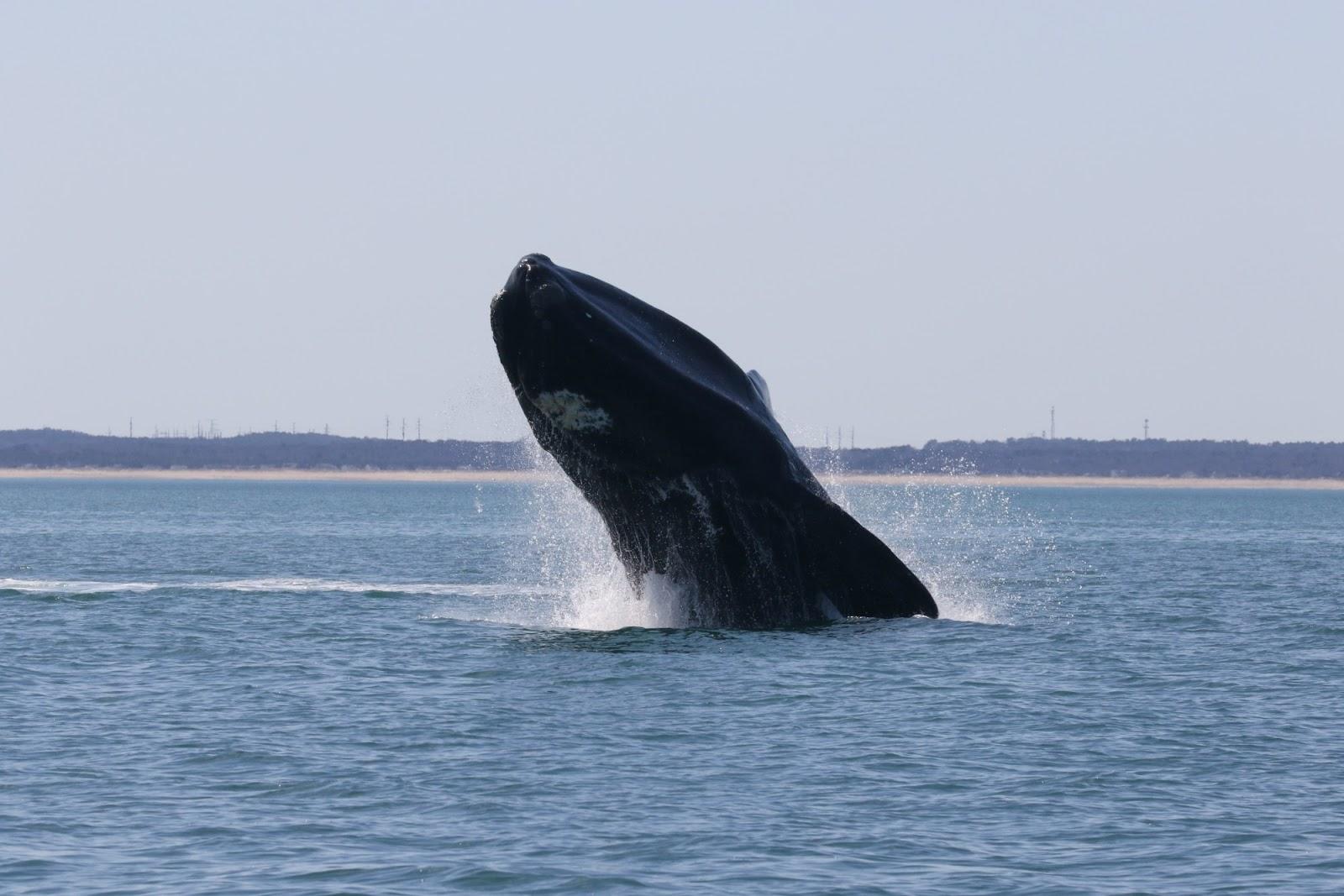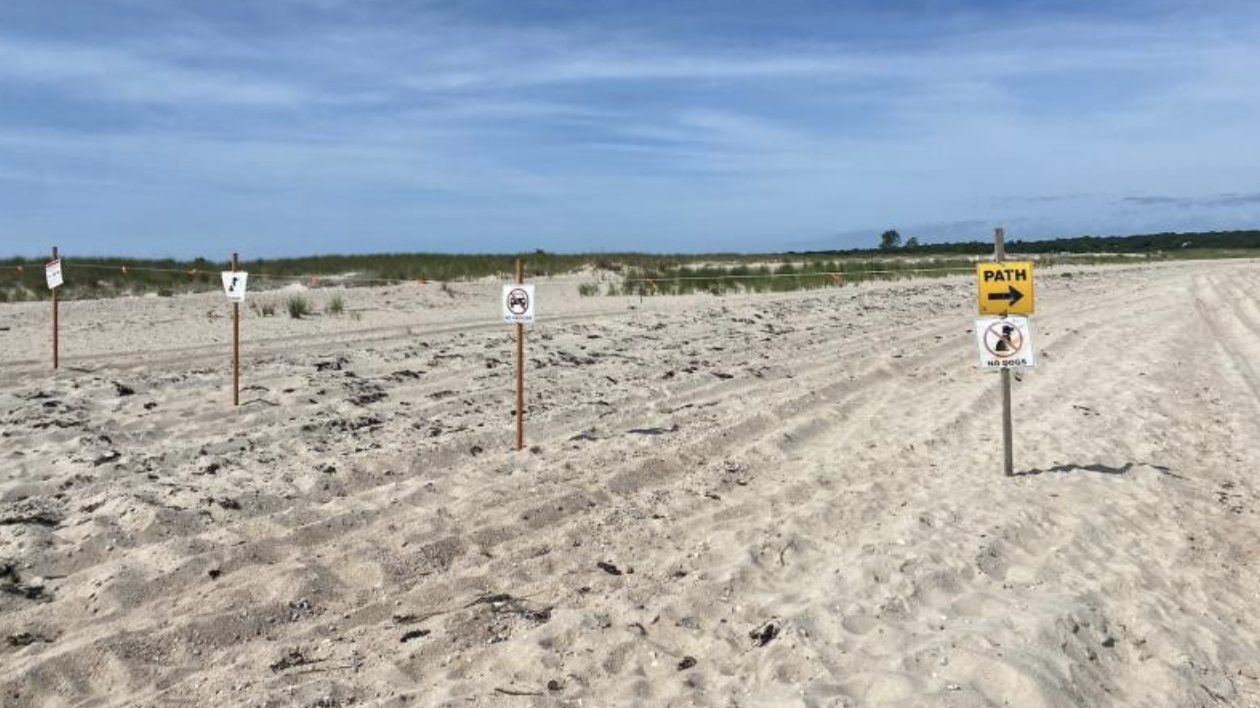Downtown Montauk beachfront Photo by Jane Bimson The Town board of East Hampton voted to adopt the Coastal Assessment Resiliency Plan (CARP) last week that outlines the future of our coastal communities as climate patterns change that will eventually alter the landscape of the east end as we know it. Coastal erosion has been a concern over the years as the town replenishes beach sand to combat loss of the beaches, most notably in Montauk in the last few years. To read the article by Christopher Walsh of @TheEastHampton Star, click on the tab below. Town Adopts Coastal assessment resiliency
The latest Coastal Assessment Resiliency Plan for the Town of East Hampton has made it clear- coastal erosion is changing the topography of our towns. Gerard Drive 2019 – raising the road. Photo Susan McGraw-Keber For many homeowners, there is a growing concern that storms and hurricanes accompanied by flooding, may be a serious motivation for planning to move to higher ground. Senate Majority Leader Chuck Schumer announced the Senate passed a bill that would assist Suffolk County South Shore residents with the cost of relocation while their home is being raised through a clause in the Water Resources Development
Town Revokes All Beach-Driving Permits By court order, all beach driving permits issued by the Town are rescinded by Town Board vote on Aug. 4, 2022, per Resolution 2022-995. Town Clerk’s Letter & Instructions
Captain Savannah Van Der Walt in Montauk Harbor starts each day early in the morning with a list of boats in Montauk’s inlet and harbor waters that are scheduled for the free- of -charge service the Trustee’s boat offers to all who request the removal of effluence from their vessels. Keeping the waters free of debris from human waste is paramount to the Trustee’s and the pump-out boat team headed by Ms. Van Der Walt – Bob Fallon and Travis Wallace service includes Three Mile Harbor as well. Captain Savannah Van Der Walt in Montauk’s Inlet on the Trustee’s free-of-charge
The NYSDEC Bureau of Marine Resources will designate all of Three Mile Harbor, in the Town of East Hampton, as temporarily uncertified for the harvest of shellfish before, during and after the 2022 Clamshell Foundation’s and EHP Resort and Marina Fireworks Event. The closure will be effective at sunrise on Saturday, July 16, 2022 and continue through Wednesday, July 20, 2022, both dates inclusive. The affected area is: Three Mile Harbor, Town of East Hampton. Since 1993, the Department of Environmental Conservation (DEC) has designated this area as temporarily uncertified for the harvest of shellfish because of the fireworks event.
Great news for Right Whales from Orsted and Eversource and various environmental groups that have come to an agreement to secure significant safety measures to ensure that the endangered North Atlantic Right Whales are protected during construction of the wind turbines to be located 35 miles off the coast of Montauk. North Atlantic Right Whales to have protection during construction of the South Fork Wind Farm. To read the complete article by Christopher Walsh of The East Hampton Star click on the tab below: EH Star: Protection for Right Whales
Cornell Cooperative Extension’s Molly Graffam and Ron Paulsen presented a plan to help mitigate the nitrogen in Hog Creek at a recent East Hampton Town Board meeting. This summer, they will apply to the town’s Water Quality Advisory Committee (WQAC) for funding for the project. Click on the tab below to read the full article by Christopher Walsh. The East Hampton Star
Sadly, the piping plover protected nesting area at Maidstone Park in Springs was discovered destroyed on June 15th by Marine Patrol officer Matt Zukosky who reported the damage to the cordoned off area and resulted in the death of two newly hatched piping plover chicks. The Town of East Hampton’s Department of Natural Resources dedicates each Spring to the protection of the annual nesting of the plovers on beaches and until the chicks are capable of being on their own, they are protected by Town signs and the area with stakes and string. Piping plovers are an endangered species. The
June 4th, 2022 – First Hamptons Pride Parade L-R Trustee Susan McGraw-Keber, Anna Skrenta, candidate for NYS Senate, Skyler Johnson, & Deputy Clerk Trustee Bill Taylor. Getting ready to join the parade – Susan and Bill Friends and Betty Smith Town of East Hampton board members – L-R Kathee Burke-Gonzalez, Cate Rogers, Suffolk County Legislator and candidate for Congress, Bridget Fleming, Arthur Graham, Rose Brown, Supervisor Peter Van Scoyoc. Charlotte and Dante Sasso at the Hamptons Pride parade L-R Bill Taylor, Susan McGraw-Keber, Anna Skrenta and her daughter, Lizzie Skrenta. Lizzie and Anna Skrenta Founder of Hamptons Pride and organizer
Scholarship Awards Night: An outstanding student, Andrea Rivera Sagbay is the 2022 graduating student who was the recipient of the East Hampton Town Trustees scholarship award of $1,500. that will help her with her tuition expenses as she heads to college in September. Ms. Rivera Sagbay is looking forward to continuing her education and is focused on studies that will enable her to realize her dream to become a neurosurgeon. Ms. Rivera Sagbay’s high school counselor and science teacher gave her excellent recommendations and her essay to the Trustees was filled with thoughtful expression about her goals, community volunteer work,
North West Creek, May 14th 2022 “Team Garno” Every May kicks off the horseshoe mating season that lasts for roughly 2 months but is especially active during the May full moon. Trustees and other volunteers were out this week counting and tagging mating pairs. This was an especially robust count with many older horseshoe crabs returning with 2019 tags. Read more about this at the Cornell Cooperative. Full Moon Trustee Tim Garneau- Collecting Horseshoe Data Horseshoe Crab Mating Season May 2022 Horseshoe crab tagging during mating season May 2022
On Monday, May 9th, The Nature Conservancy‘s Dr. Nicole Maher organized the first of two meetings at the East Hampton TNC offices where she introduced a panel of experts in the first training segment of the restoration model and approach to the development of conceptual restoration designs for Accabonac Harbor’s salt marsh. Guest speakers included Suffolk County Vector Control director, Tom Iwanejko, Dr. David Burdick, the Research Associate Professor of Coastal Ecology and Restoration in the Department of Natural Resources at the University of New Hampshire, Dr. Susan Adamowicz, salt marsh eco-system scientist with the U.S. Fish and Wildlife Service,
“As part of the fish monitoring study outlined in the SFW Fisheries Study Work Plan, the Stony Brook University team is conducting a regular visit to the sensor array off Wainscott today to collect data from sensors, replace batteries, and deploy new retrievable moorings alongside the previous moorings. As the Stony Brook team is deploying new moorings alongside the existing moorings there’s no change to the mariners briefing, our standard method for updating mariners on the presence of equipment in navigational waters. Members of the fisheries outreach team, in collaboration with the research team, have worked with the fishing community to select an alternative mooring, one that is smaller, lightweight and retrievable, and is more compatible with commercial fishing in response to the feedback we’ve received from the community on original deployment of cement moorings.”

